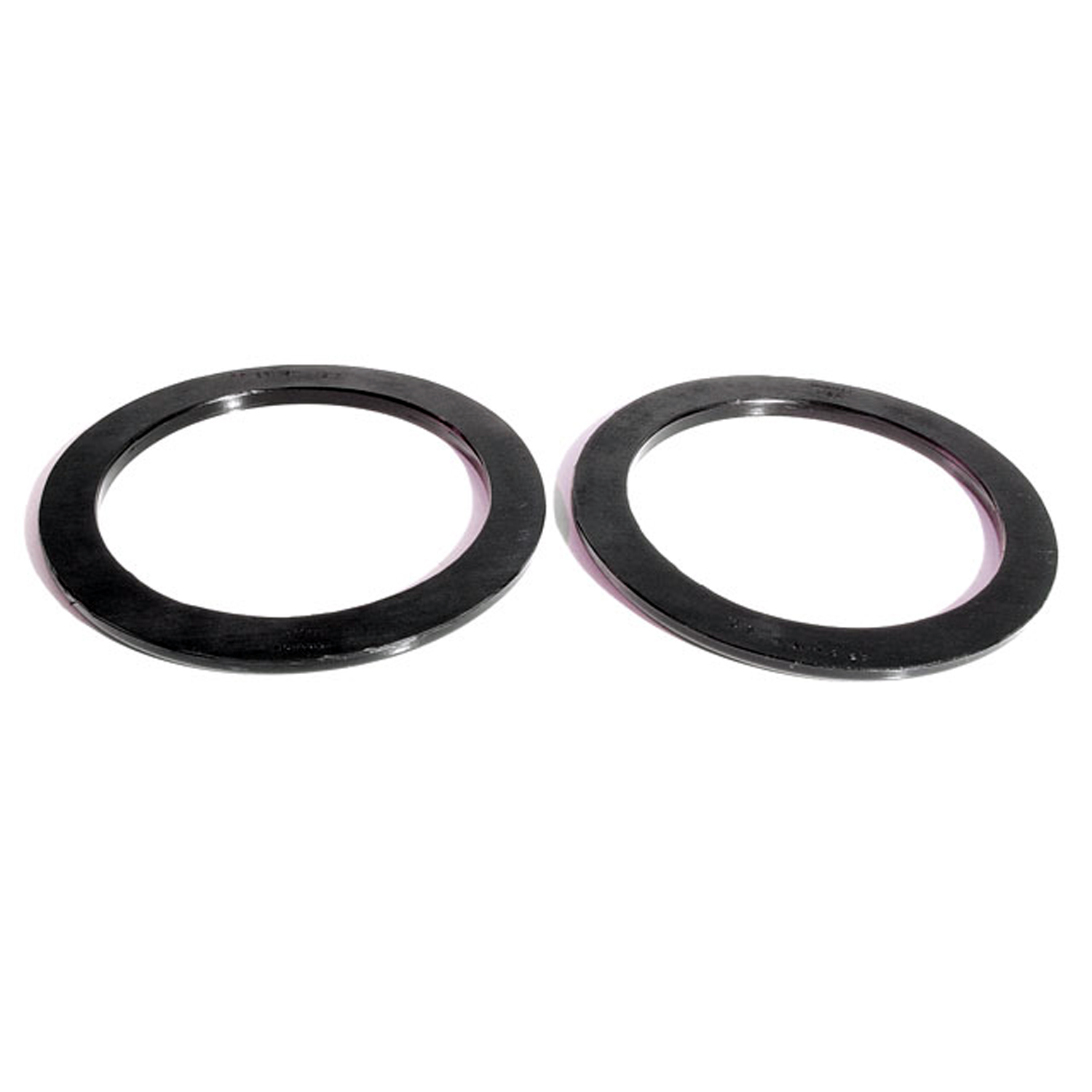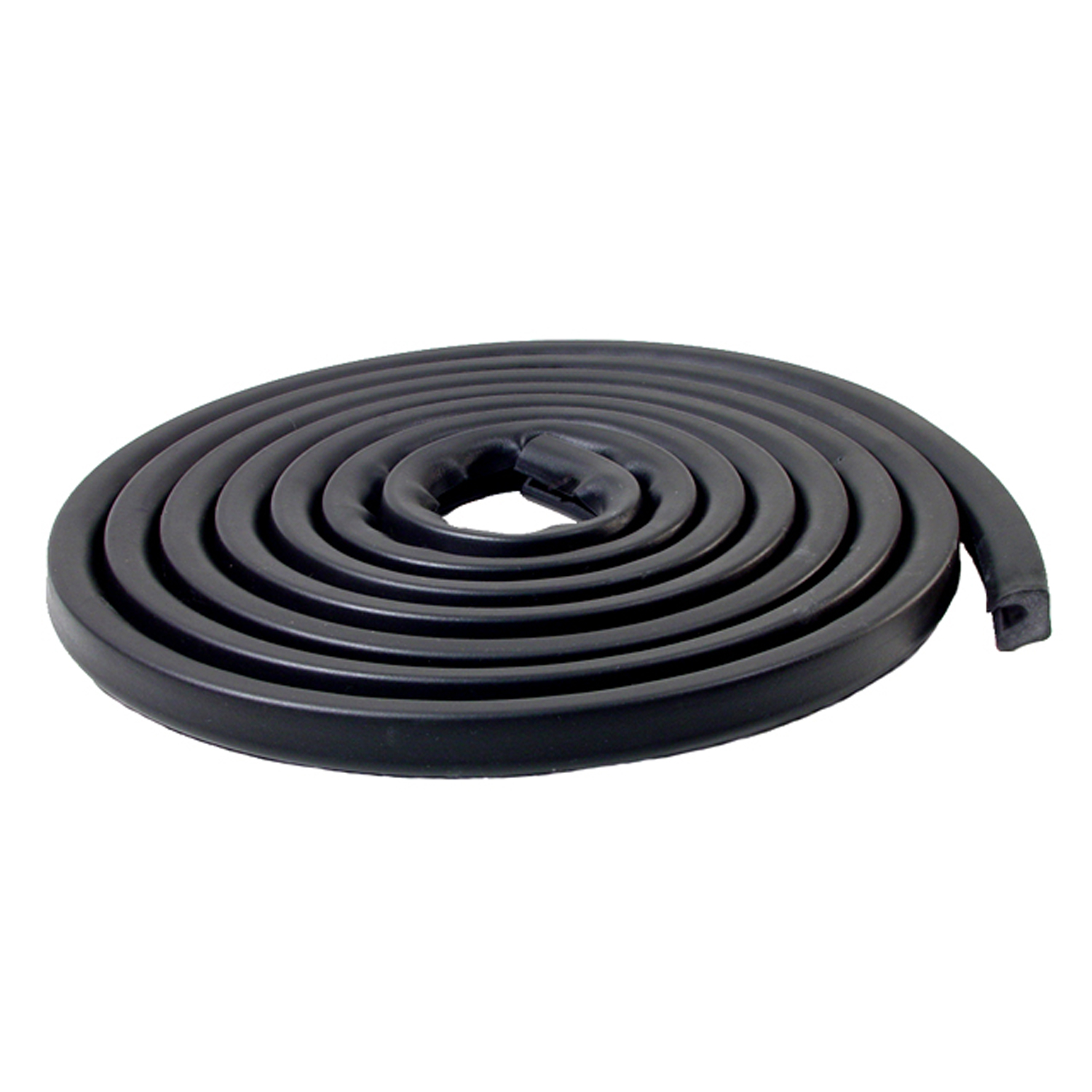Image of 1961 Mercedes-Benz 180, Note: These illustrations use artistic license and may differ from actual historical models.
Performance Metrics
Fundamental Metrics
Emotional Appeal
MMP Rating
| Engine Specifications | |
|---|---|
| Engine: | Inline 4 |
| Displacement: | 1.8L |
| Horsepower: | 52-75 hp |
| Torque: | Estimated 101 lb-ft |
| Compression Ratio: | 7.6:1 |
| Ignition System: | Distributor ignition |
| Cooling System: | Water-cooled |
| Performance Specifications | |
| 0-60 Time: | Estimated 20 seconds |
| 1/4 Mile Time: | Not available |
| Top Speed: | 78 mph |
| Transmission and Drive | |
| Drive Type: | Rear-wheel drive |
| Transmission Type: | 4-speed manual |
| Fuel and Efficiency | |
| Fuel System Type: | Carburetor |
| MPG: | Estimated 20-25 mpg |
| Dimensions and Brakes | |
| Brakes: | Drum brakes |
| Wheelbase: | 106.3 inches |
| Weight: | 2,646 lbs |
Note: Specifications for classic cars are given to the best of our ability, considering the limited and variant data available.
Unveiling the Elegance of the 1961 Mercedes-Benz 180
The 1961 Mercedes-Benz 180 is a testament to the enduring legacy of German engineering and luxury. Born in an era of style and sophistication, this classic sedan emerged from the esteemed halls of Mercedes-Benz, a marque synonymous with automotive excellence. The 180 model, part of the W120 series, was a significant player in the post-war European market, offering a blend of comfort and quality that set new benchmarks for its class. A notable moment in its history was its role as a symbol of economic recovery for Germany, becoming a favorite among professionals and families alike.
Design and Innovation
The exterior of the Mercedes-Benz 180 exudes timeless elegance with its balanced proportions and chrome accents that highlight its stately presence. The vehicle's poised stance is complemented by the iconic front grille and the emblematic three-pointed star perched atop its bonnet. Inside, passengers are greeted by an interior that showcases craftsmanship through high-quality materials such as rich leather upholstery and polished wood trim. Technologically advanced for its time, it featured innovations like unitary body construction which improved safety and rigidity. Color options ranged from understated hues to more vibrant tones, with classic black and silver being among the most coveted. The sedan body style was particularly iconic, offering both practicality and grace.
Historical Significance
The 1961 Mercedes-Benz 180's impact on automotive design was profound. It helped cement the reputation of Mercedes-Benz as a manufacturer of durable and luxurious vehicles. Its unibody construction was ahead of many competitors, influencing future designs across the industry. The car's blend of elegance, reliability, and performance set it apart from other vehicles of the era and laid groundwork for subsequent generations of luxury sedans.
Performance and Handling
Performance-wise, the 180 was not designed as a sports car but rather as a reliable workhorse. Its four-cylinder engine delivered smooth acceleration with a top speed that allowed for comfortable highway cruising. Handling was precise for its size, absorbing bumps with ease while providing stability on windy roads. Drivers often praised the serene driving experience – the hum of the engine, the solid feel of the chassis, and responsive steering all contributed to an enjoyable ride.
Ownership Experience
The Mercedes-Benz 180 found its niche as a versatile vehicle suitable for various roles – from a dependable daily driver to an esteemed show car. Its build quality meant that reliability was high, though maintenance could be costly due to the premium parts used. However, ease of repair was generally good thanks to thoughtful engineering.
Fun Facts
This classic has seen its share of interesting trivia over the years. Some models have been known to be owned by celebrities or have appeared in prominent films or television shows. While not known for breaking speed records, it held its own in terms of sales success and endurance. Common criticisms typically revolved around its modest power output compared to some sportier contemporaries.
Collector's Information
Today, collectors cherish the 1961 Mercedes-Benz 180 for its historical value and charm. While exact production numbers are hard to pinpoint, it's clear that these vehicles are becoming increasingly rare finds on the market. Values have generally appreciated over time due to their scarcity and significance in automotive history. A well-maintained example could fetch anywhere from mid-five figures up to six figures depending on condition, provenance, and originality.
Conclusion
The 1961 Mercedes-Benz 180 stands as a paragon of mid-century automotive design – an embodiment of durability wrapped in luxury. Its legacy endures not just in collector circles but also in how it shaped expectations for what a premium sedan should be. For those lucky enough to own or experience one today, it offers a direct link to an era where cars were more than just transportation; they were statements of style and sophistication.
1961 Mercedes-Benz 180 Catalog of Parts
 1961 Mercedes-Benz 180 Coil Spring Pads. 4" I.D., 5-1/2" O.D. Pair-RP 23-MCoil Spring Pads. 4" I.D., 5-1/2" O.D. Pair
1961 Mercedes-Benz 180 Coil Spring Pads. 4" I.D., 5-1/2" O.D. Pair-RP 23-MCoil Spring Pads. 4" I.D., 5-1/2" O.D. Pair 1961 Mercedes-Benz 180 Trunk Seal. Each-TK 63-M/15Trunk Seal. Each
1961 Mercedes-Benz 180 Trunk Seal. Each-TK 63-M/15Trunk Seal. Each 1961 Mercedes-Benz 180 Flexible glass-run channel. Rubber covered and pile lined-WC 12-96Flexible glass-run channel. Rubber covered and pile lined. Unbeaded. 96 in. long. Each. NOTE: $20 special shipping charge applies for domestic orders. Call or email for overseas shipping costs. Part can be sectioned in two or three equal lengths to reduce overseas shipping costs.
1961 Mercedes-Benz 180 Flexible glass-run channel. Rubber covered and pile lined-WC 12-96Flexible glass-run channel. Rubber covered and pile lined. Unbeaded. 96 in. long. Each. NOTE: $20 special shipping charge applies for domestic orders. Call or email for overseas shipping costs. Part can be sectioned in two or three equal lengths to reduce overseas shipping costs.Why Choose Metro?
For over 100 years, Metro Moulded Parts has been the pinnacle of quality in classic car restoration parts. Our commitment to precision and authenticity in every component ensures a perfect fit and an OEM-level appearance.
- Expert Craftsmanship & Quality: Each part is a testament to our dedication to reliability and perfection, crafted from original designs and thoroughly tested.
- Advanced Technology: We use cutting-edge techniques to create flawless, long-lasting parts that surpass others in performance.
- SuperSoft Sponge – The Ultimate Door Seal: Not only are our door seals 30% softer than competitors', but they're also guaranteed to never leak. They effectively reduce wind and road noise, enhancing your classic car's comfort and driving experience.
- Proudly American: Our parts are a product of American craftsmanship, made in the USA with a spirit of excellence and heritage.
- Unrivaled Warranty: We back our products with a 30-year industry-leading warranty, a testament to our confidence in their quality.
Join us in preserving the legacy of classic cars with parts that are crafted for perfection, not just made.

